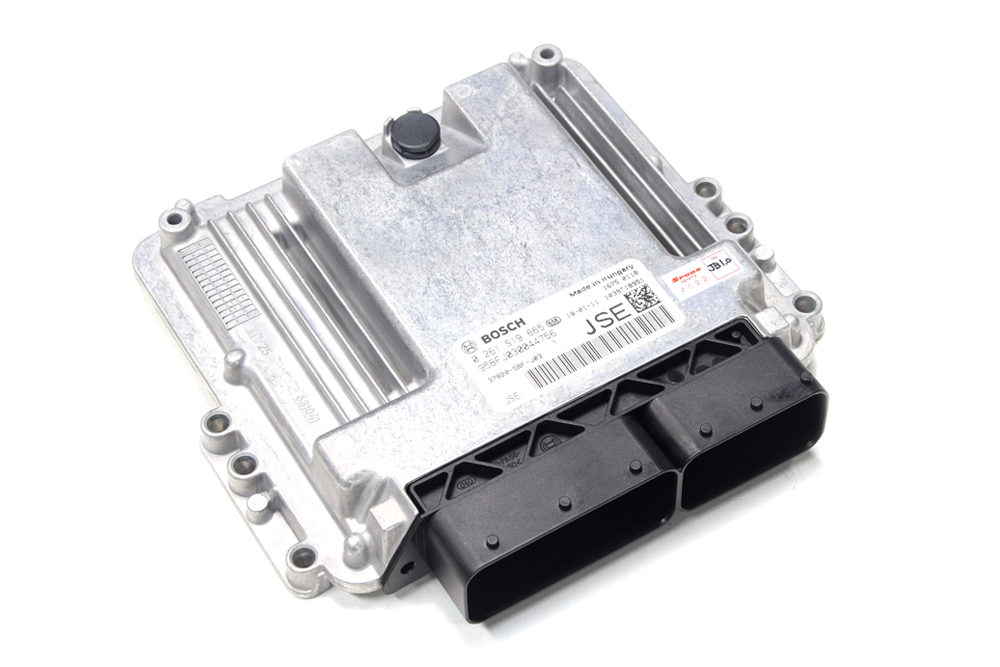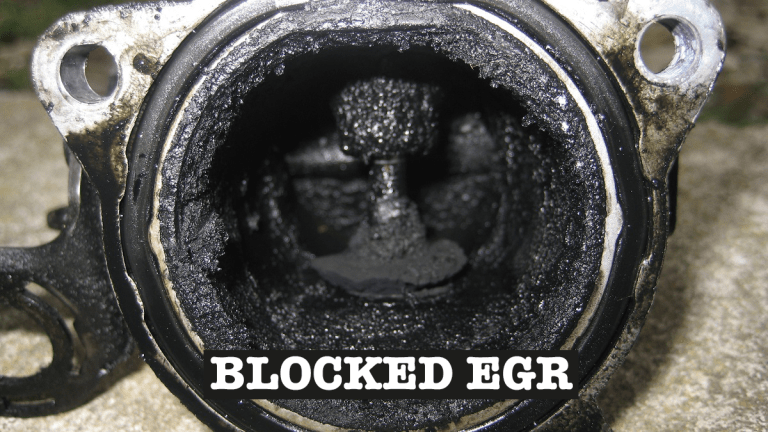What Is An ECU?
The electronic control unit (ECU) used in today’s cars and trucks is used to control the engine and other components’ functions. An ECU is a computer with internal pre-programmed and programmable computer chips that is not much different from a home computer or laptop. The vehicle’s engine computer ECU is used to operate the engine by using input sensors and output components to control all engine functions. ECU’s come in many different makes,shapes and sizes. Here is a list of the most popular ECU brands used in UK cars
- BOSCH
- DELCO
- DELPHI

- EEC V1
- FORD
- JOHNSON
- MARELLI
- MELCO
- MITSUBISHI
- SAGEM
- SIEMENS
- TRIONIC
What Does The ECU Do?
The ECU needs inputs from vehicle sensors like the crankshaft sensor and camshaft sensors to compute the information using a program that has been stored in the ECU on a programmable memory chip. The ECU program will use the inputted sensor information to compute the needed output like the amount of fuel injected and when to spark the coil in order to start the engine.
There are different ECUs used for different systems on the vehicle. The different ECUs used can be for the transmission, traction control or ABS, AC, body functions and lighting control, engine, air bags, or any other system a vehicle may have. Some vehicles may incorporate more than one ECU into a single unit called a powertrain control module (PCM). These units can be an advantage by having more modules in one location but may be a disadvantage by adding longer wires to reach the component it operates.
Most newer vehicles have started using a communication line between different modules on a vehicle so they can share information and redundant sensors do not have to be used. For instance, a speed sensor at a wheel detects the wheel speed and will be an input to the anti-lock brake module (ABS) ECU. Instead of sending many wires from the one sensor to other ECUs, the ABS ECU will share the information on the network communication lines to all the ECUs that use the information, like a transmission for its shifting of gears, the speedometer to show the speed of the vehicle, or the suspension system to control the suspension as needed.
The use of sharing input sensors throughout the vehicle using only two data lines between ECUs has cut the amount of wiring used in the vehicles. Sharing information between modules also means they need a common language between them so they can operate as a group. When one computer goes down or does not share information due to an error, then it may affect other modules if they need the sensor input from the failed module.
The engine ECU in most vehicles is connected to the onboard diagnostic connector and will relay all diagnostic information on this line to all the other modules or ECUs. This reduces the amount of wire needed and you do not need to go to each ECU when wanting to test them.
Where Can I Find/Locate My ECU?
Locating/Finding your ECU is really dependant on the cars make and model. This information can be found relitivley easy on the internet. We have compiled a list of all the common makes of veichle in the UK and put the locations of the cars ECU. This will get updated regulary.
AUDI
On most models the ECU is located beneath the wipers behind the plastic trim. Audi R8 has 2x ECU’s located in the rear engine bay
BENTLEY
Continental GT Under Plastic Panel at N/S/R of engine bay x 2 ECUs
BMW
Generally is located Under Bonnet behind panel at rear of fuse box In plastic box next to battery
CITROEN
Citroen AX, CS, SAXO, XANTIA, XSARA, ZX Under Bonnet in engine bay
FIAT
Fiat COUPE DUCATTO, MAREA, MULTIPLA, PUNTO Inside car, passenger front foot well Under Bonnet in engine bay
FORD
Ford ESCORT, FOCUS FIESTA GALAXY MONDEO PROBE SIERRA, TRANSIT Under plastic side trim in drivers side front foot well Under glove box on passenger side Next to battery Inside car, above pedals Inside car, behind centre console Inside vehicle, behind glove box New Ford Diesel Models – N/S/F Wheel Arch inside plastic box
HONDA
Honda CIVIC, PRELUDE Passenger front foot well under carpet or above glove compartment
HYUNDAI
Hyundai COUPE Passenger front footwall under carpet
ISUZU
Isuzu TROOPER Inside Vehicle on passenger side
LANDROVER
In plastic box next to battery Inside Vehicle under driver’s seat. In plastic box next to battery In plastic box next to battery Range rover Sport are Behind battery N/S/R of engine bay
MAZDA
Mazda 6 and most other models are Underneath carpet in passenger side foot well. RX8 Inside plastic box O/S/F Of engine bay
MITSUBISHI
Evo models are Above glove box passenger side. Shogun/L200 are Above Passenger side outer kick panel
NISSAN
Nissan S13 / 300zx Inside car, behind centre console Passenger front foot well under carpet Navara pre 2005 are Behind centre console Navara 2005> are O/S/R Of engine bay X-Trial Above Glove Compartment, 350z, 370z under bonnet
PEUGEOT
Peugeot 106, 206, 306, 307, 405 & 406 205,309 Under Bonnet in engine bay or Inside car over steering column
ROVER
Rover 200, 25D, 45D, 75D Under bonnet on passenger’s side
RENAULT
Renault 19, MEGANE, ESPACE CLIO, TRAFFIC 21 TURBO Under bonnet on drivers side Under bonnet Under bonnet near battery
SEAT
On most models the ECU is located beneath the wipers behind the plastic trim.
SKODA
On most models the ECU is located beneath the wipers behind the plastic trim.
SUBARU
Impreza models Beneath carpet passenger side foot well
SUZUKI
Suzuki SWIFT, BALENO, VITARA Inside car above pedals or behind glove box
VOLKSWAGEN
On most models the ECU is located beneath the wipers behind the plastic trim
T5, T4 ECU is located under the battery tray under the bonnet.
VAUXHAL
Vectra models, under plastic trim and cover in o/s/r of engine bay New Vectra Models Are located at the front of the Drivers side Wheel arch Vehicle Selector. Zafira models the ecu is located in the passenger front wheel arch towards the front bumper
What ECU Make & Model Version Do I Have?
Once you have located and removed your ECU you will most likely like to know what make and model ECU you have. On the ECU there will be a sticker with the Make and some serial numbers. Every ECU has its own format for identifying the ECU’s model. Another way is to use the 2x PDF files below and locate your cars, make, model and it will list your ECU brand and model. If you are unsure on your cars make and model use our FREE VRM tool located in the websites footer. Just enter your cars registration number.






